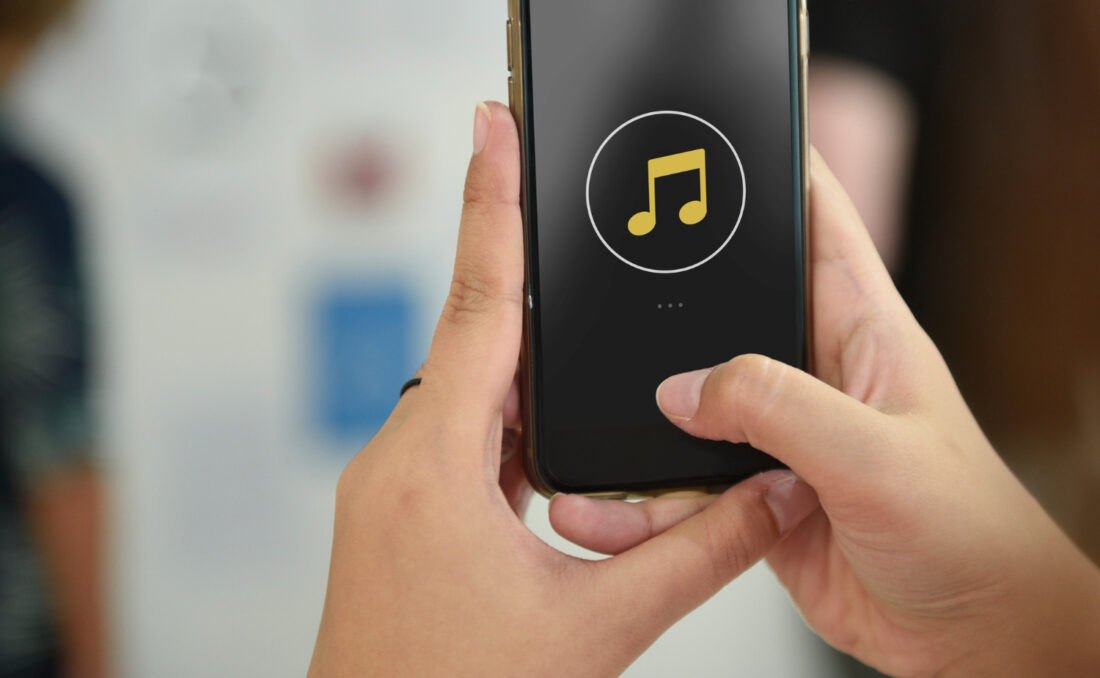
iTunes Ping: A Retrospective on Apple’s Social Music Experiment
iTunes Ping, often remembered as Apple’s first foray into social networking, was a music-oriented social media platform integrated into iTunes. Launched in 2010, Ping aimed to provide users with an engaging and interactive way to discover new music and connect with their favorite artists. This article delves into the history of iTunes Ping, the reasons behind its eventual demise, and the modern-day alternatives that have filled the void left by its closure.
What is iTunes Ping?
iTunes Ping was a social media platform integrated into iTunes, Apple’s popular music management software. It allowed users to follow their favorite artists, share and discover new music, post comments, and even view concert listings. In essence, iTunes Ping aimed to combine the best of social media with the music world to create a unique and engaging experience for users.
History of iTunes Ping
The Launch
iTunes Ping was launched on September 1, 2010, during an Apple Special Event held by the late Steve Jobs. Initially, the platform was available on iTunes 10 and iOS devices, with support for the iPhone, iPad, and iPod touch. At launch, the platform already boasted over 17 million songs, and its catalog grew rapidly over time. Apple managed to secure partnerships with several prominent artists, such as Lady Gaga, U2, and Coldplay, who would post exclusive content on Ping for their fans.
Early Adoption and Growth
Despite its initial hype, iTunes Ping experienced a relatively slow start, with many users expressing confusion and frustration regarding its integration into the iTunes ecosystem. Nevertheless, the platform managed to attract a growing user base, reaching over one million users within the first 48 hours of its launch. By October 2010, Apple announced that Ping had surpassed the 2,000 artist mark, and more than a third of the top 100 global artists had joined the platform.
Challenges and Controversies
iTunes Ping faced several challenges during its existence, including issues with spam and fake artist profiles. Moreover, the platform was often criticized for its limited functionality and the lack of a dedicated mobile app, which hindered its adoption by users who predominantly used mobile devices for social networking.
Additionally, Ping faced a significant setback when Facebook integration, which was initially announced during the platform’s launch, failed to materialize. Although Apple had intended for users to connect their Ping accounts with their Facebook profiles, the two companies failed to reach an agreement, and this crucial feature was ultimately scrapped. This hindered Ping’s growth, as it was unable to leverage Facebook’s massive user base to attract new users.
What Happened to iTunes Ping?
Despite its ambitious goals, iTunes Ping ultimately failed to gain the traction necessary to compete with other social media platforms. After just two years of operation, Apple announced on September 12, 2012, that it would discontinue Ping, with the platform officially shutting down on September 30, 2012. Several factors contributed to Ping’s demise:
Lack of Integration with Other Social Media Platforms
The lack of integration with other social media platforms, particularly Facebook, was a significant factor contributing to the downfall of iTunes Ping. The platform’s inability to seamlessly connect with Facebook limited its user base and hindered its ability to create a vibrant and engaged community. Here are the key points in a more detailed and organized format:
- Limited content sharing: iTunes Ping had limited capabilities for users to share their music preferences, purchases, and reviews with friends and lacked the ability to seamlessly share content across platforms, hindering its growth and user engagement;
- Lack of engagement and community building: iTunes Ping faced challenges in creating an engaged user community, as it lacked integration with popular social media platforms, preventing users from connecting with their existing social circles and building new relationships on the platform;
- Missed marketing opportunities: iTunes Ping missed out on valuable marketing opportunities by not integrating with Facebook and other social media platforms, limiting its ability to generate organic growth, word-of-mouth promotion, and increased visibility among a wider audience.
Limited Functionality
The limited functionality of iTunes Ping was another significant factor contributing to its lackluster performance. The platform’s inability to provide essential features such as uploading personal photos or videos, coupled with a clunky and unintuitive interface, hampered user engagement.
Additionally, the absence of a dedicated mobile app further compounded these issues by limiting users’ ability to interact with Ping on the go. Here are the key points in a detailed and organized format:
- Lack of photo and video uploading: iTunes Ping’s inability to allow users to upload personal photos and videos limited the platform’s ability to provide a comprehensive and visually engaging experience, hindering user engagement and content creation;
- Clunky and unintuitive interface: Users frequently reported difficulties in navigating iTunes Ping due to its clunky and unintuitive interface, which negatively impacted the user experience and made it challenging for users to fully embrace and utilize the platform’s features;
- Absence of a dedicated mobile app: The lack of a dedicated mobile app for iTunes Ping prevented users from conveniently accessing and engaging with the platform on their mobile devices, limiting its reach and convenience for users who preferred to use social media on the go.
Stiff Competition
iTunes Ping faced stiff competition from well-established social media platforms, including Facebook, Twitter, and Spotify. These platforms offered a more comprehensive and user-friendly experience, leaving little room for Ping to carve out a niche. Here are the key points in a detailed and organized format:
- Dominance of Facebook, Twitter, and Spotify;
- Comprehensive user experience;
- Established user base and network effect;
- Lack of differentiation;
- Limited industry partnerships.
The Rise of Streaming Services
The rise of music streaming services, such as Spotify, Apple Music, and Pandora, had a significant impact on the downfall of iTunes Ping. These platforms quickly gained popularity and dominance in the music industry during Ping’s existence, offering personalized music recommendations, social features, and a vast catalog of music. As a result, Ping’s offerings seemed redundant and outdated. Here are the key points in a detailed and organized format:
- Rapid growth of music streaming services;
- Personalized music recommendations;
- Social features within streaming services;
- Access to a vast catalog of music;
- Redundancy and outdated offerings.
Alternatives Today
Although iTunes Ping is no longer in existence, several platforms have emerged to fill the void it left behind. These alternatives combine social networking features with music discovery and sharing, providing users with a more engaging and interactive experience.
Spotify
Spotify is one of the most popular music streaming services in the world, boasting over 345 million active users as of 2021. In addition to its extensive music catalog, Spotify offers users a range of social features, including the ability to create and share playlists, follow friends, and discover new music based on their listening habits.
Apple Music
Launched in 2015, Apple Music is Apple’s response to the rise of music streaming services. With a catalog of over 75 million songs, Apple Music provides users with a personalized listening experience, complete with curated playlists and the ability to follow artists and friends. Apple Music also includes a feature called Connect, which allows artists to share exclusive content, such as behind-the-scenes videos, with their fans.
SoundCloud
SoundCloud is a music streaming platform that emphasizes user-generated content and fosters a strong community of creators and listeners. With its social features, users can follow artists, repost tracks, and leave comments on songs. SoundCloud has become particularly popular among independent artists looking to share their music and connect with fans.
YouTube Music
YouTube Music, a music streaming service launched by Google, combines the vast catalog of music available on YouTube with additional features such as personalized playlists and recommendations. Users can follow artists, create and share playlists, and engage with content through likes and comments.
Conclusion
iTunes Ping was Apple’s ambitious attempt to create a social networking platform centered around music discovery and engagement. Although it ultimately failed to gain the traction necessary to survive in the competitive social media landscape, its legacy lives on through modern platforms that have taken up the mantle of combining music with social features. Services like Spotify, Apple Music, SoundCloud, and YouTube Music continue to innovate and provide users with new ways to discover, share, and enjoy music together.





